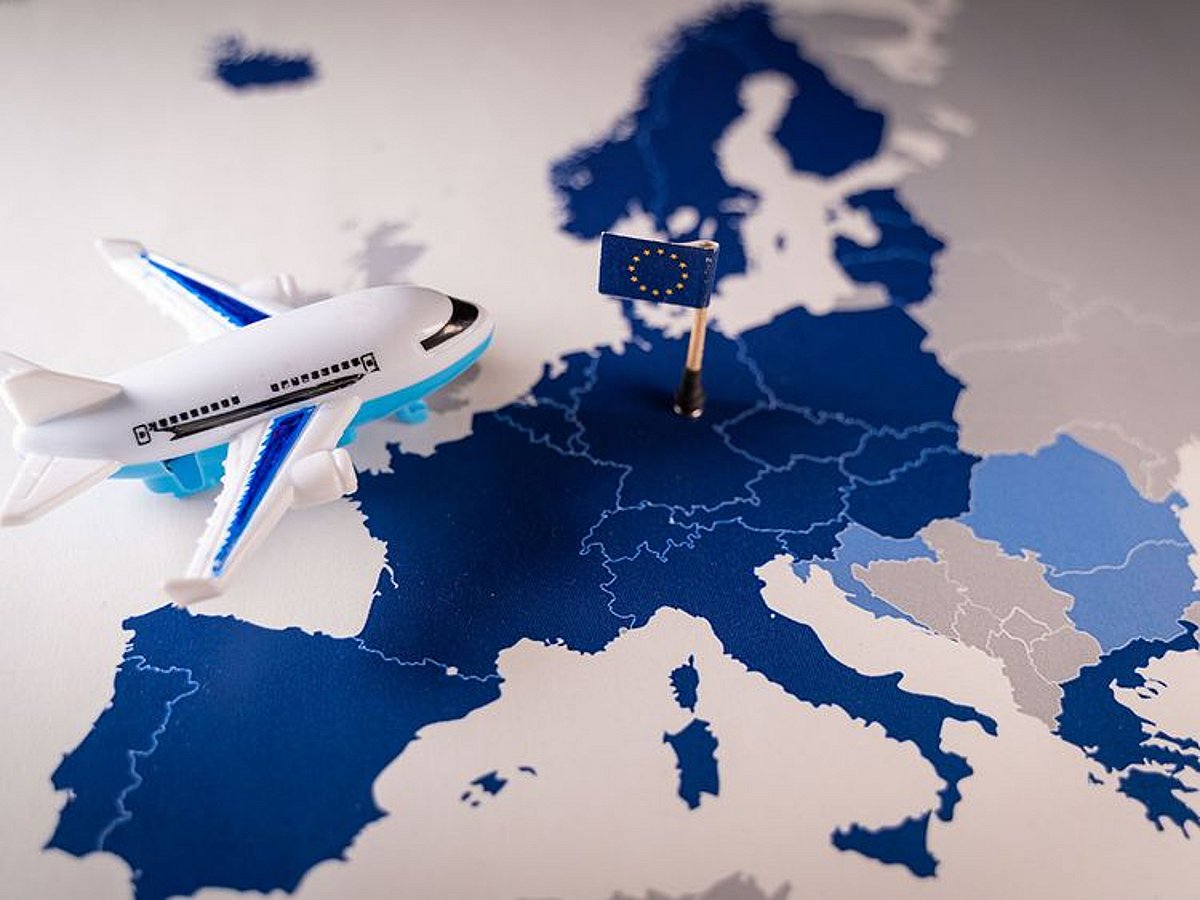New Schengen Entry/Exit System: Key Changes for Travelers
As travelers prepare for journeys to Europe, significant changes in border procedures are set to take effect. Emirates and Air Arabia have issued advisories to inform passengers about the new Entry/Exit System (EES) that will impact how border checks are conducted for non-EU travelers.
Overview of the New Entry/Exit System
The EES, which began implementation on October 12, replaces traditional passport stamping with a digital biometric system. This innovative approach records facial recognition and fingerprint data for travelers from outside the EU. Each time a non-EU traveler crosses the borders of Schengen countries, their personal data will be logged in the system.
According to Emirates, the EES will streamline the travel process. “The system collects personal information along with biometric data, including fingerprints and a facial image. It applies to non-EU/Schengen nationals visiting for short stays—up to 90 days within any 180-day period,” the airline stated. On a traveler’s first visit, border authorities will register their biometric data and passport details. For subsequent visits, the system will automatically track entries and exits, eliminating the need for repeated checks.
Benefits of the Biometric System
The introduction of biometric checks aims to enhance the travel experience by making it faster, smoother, and more secure. The goal is to reduce waiting times and shorten queues at border controls. However, travelers should be aware that the initial implementation phase may require additional time at the borders, especially during their first trip after the changes.
Travel Tips for Passengers
To ensure a seamless travel experience, passengers are advised to review official airline guidelines and arrive at the airport early. This proactive approach will help mitigate any potential delays caused by the new procedures. It is also recommended to allow extra time at border controls, particularly for the first trip following the EES rollout.
FAQs
What is the Entry/Exit System (EES)?
The EES is a new digital biometric system that records the entry and exit of non-EU travelers at Schengen borders, replacing traditional passport stamps.
How does the EES affect my travel to Europe?
The EES aims to streamline border checks by automatically recording your biometric data and passport information, making future entries and exits quicker.
What should I do to prepare for the new border procedures?
Travelers should check airline guidelines, arrive early at the airport, and allow extra time at border controls, especially during their first trip after the EES implementation.
Conclusion
The new Entry/Exit System represents a significant shift in how border procedures are managed for travelers heading to Europe. By understanding these changes and preparing accordingly, passengers can enjoy a more efficient travel experience. Staying informed and allowing extra time at borders will be crucial in navigating this new system smoothly.
The implementation of the Entry/Exit System is part of a broader effort by the European Union to enhance border security and manage migration more effectively. The system is designed to address challenges related to irregular migration and to ensure that travelers comply with the rules governing short stays in the Schengen Area. By utilizing biometric data, authorities aim to create a more reliable method of tracking entries and exits, which can help in identifying overstays and improving overall border management.
In addition to improving security, the EES is expected to facilitate better data sharing among Schengen countries. This interconnected approach allows for a more coordinated response to border control issues and enhances the ability to monitor travel patterns. As the system becomes fully operational, it may also pave the way for future advancements in border technology, including the potential integration of additional biometric identifiers or automated processing systems.
Travelers should also be aware that the EES will not only affect air travel but will also apply to land and sea borders within the Schengen Area. As such, those planning to enter Europe via these routes should prepare for similar biometric checks. The transition to this new system reflects ongoing efforts to modernize border controls while balancing the need for security with the desire to maintain a welcoming environment for tourists and business travelers alike.
Also Read:
UAE Tsunami Response Drill Set for Fujairah on October 15


